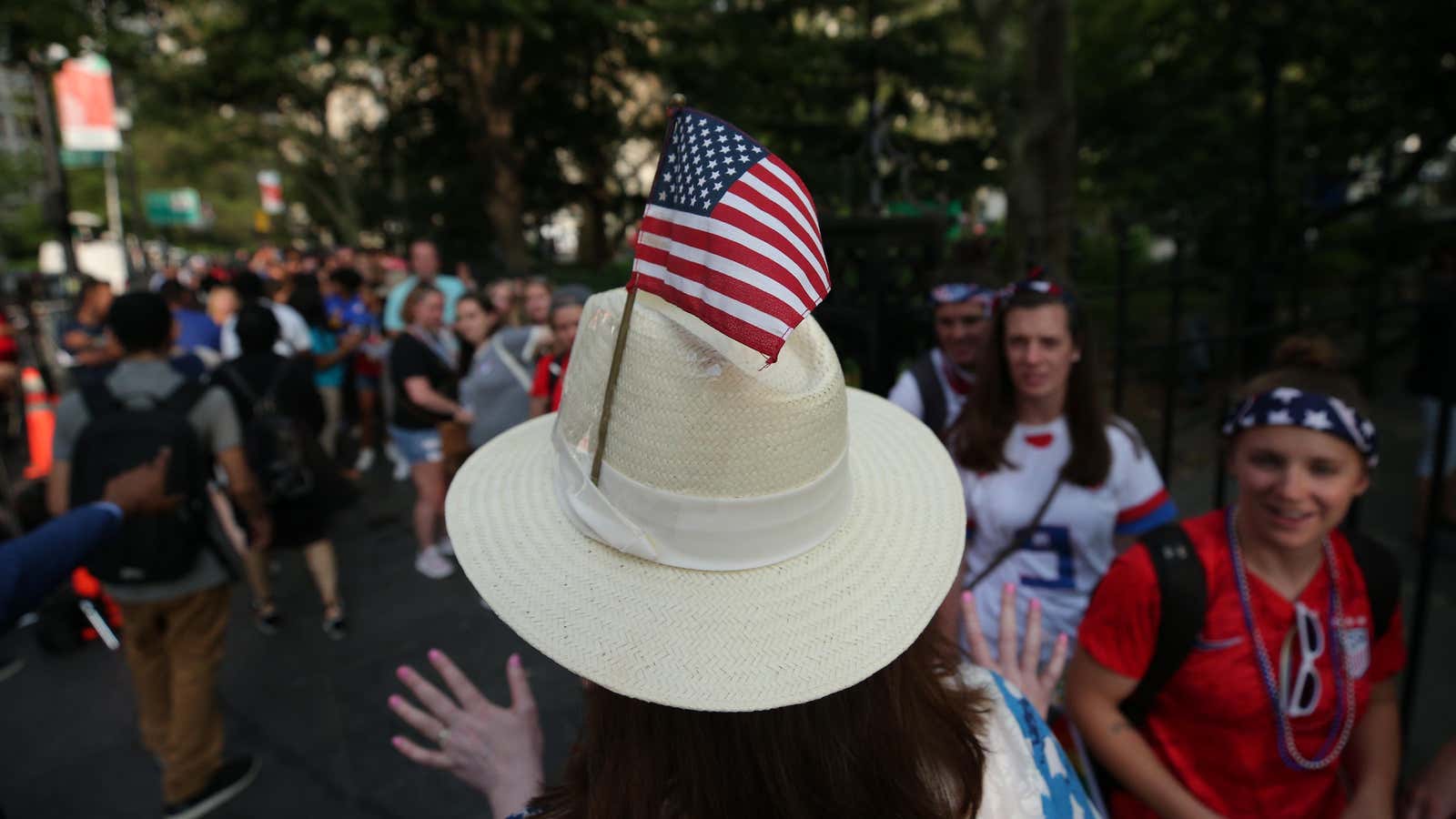The golden visa which allows wealthy foreigners to essentially buy US citizenship is coming back with a higher price tag.
On March 11, the US Senate voted in favour of re-authorising the EB-5 regional center program, which had lapsed on June 30, 2021, through 2027. It now heads to the White House to be signed into law by president Joe Biden.
The biggest change is the investment ask: The new bill ups the investment requirement from $500,000 to $800,000, or $1 million to $1.05 million, depending on where the project is located. The lower limit is for projects in high-unemployment, rural areas, or infrastructure projects.
This isn’t the first time this investment threshold has been raised. In November 2019, the minimum investment threshold was raised from $500,000 to $900,000. By the next June, a federal court struck that down because then-acting department of homeland security (DHS) secretary Kevin McAleenan was not lawfully appointed and could not make statutory changes.
The new, higher bar is unlikely to dampen the investment appetite, according to Ronald Fieldstone of Saul Ewing Arnstein and Lehr. “Renewing the regional centers combined with the strong performance on the EB-5 direct program would further help to create jobs and inject direct foreign capital in local economies,” he says.
The renewal of the EB-5 Regional Center Program
The EB-5 program, which doles out 10,000 visas a year to foreign investors and their dependents—spouses and unmarried children under the age of 21—in exchange for investing in local businesses and creating at least 10 jobs, has been around since the late 1990s. However, it picked up after the 2008 financial crisis restricted the availability of commercial lending funds and made EB-5 an attractive alternative funding source.
While direct investment is an option, the most popular route is one that does not require building from scratch: the regional center program. People can invest $500,000 to invest in a public or private entity approved by the US Citizenship and Immigration Services (USCIS) to create direct and indirect jobs, while keeping away from day-to-day management.
Unlike the direct EB-5 visa category, which does not expire, the regional center program is temporary and needs to be renewed. In the sunset period between June 2021 and now, the USCIS put all pending petitions or applications on hold and stopped accepting new ones. When the EB-5 program is not in effect, no visas can be issued—not even for those whose initial applications are approved.
The pause was a huge impediment given that nearly all EB-5 investment happens through the regional center route.
Why get the EB-5 visa?
Chinese nationals received the most—nearly 46%—visas in the fiscal year 2019. Indians were a distant second.
Unlike the usual green card route, where Indians face huge backlogs due to country caps, the EB-5 does not have such restrictions. With the Trump administration cracking down on the H-1B visa, professionals began pouring their life savings into the faster route.
Besides, some parents have started using the EB-5 route to ensure US citizenship for their children, who can then get an American education at a lower cost than international students.
